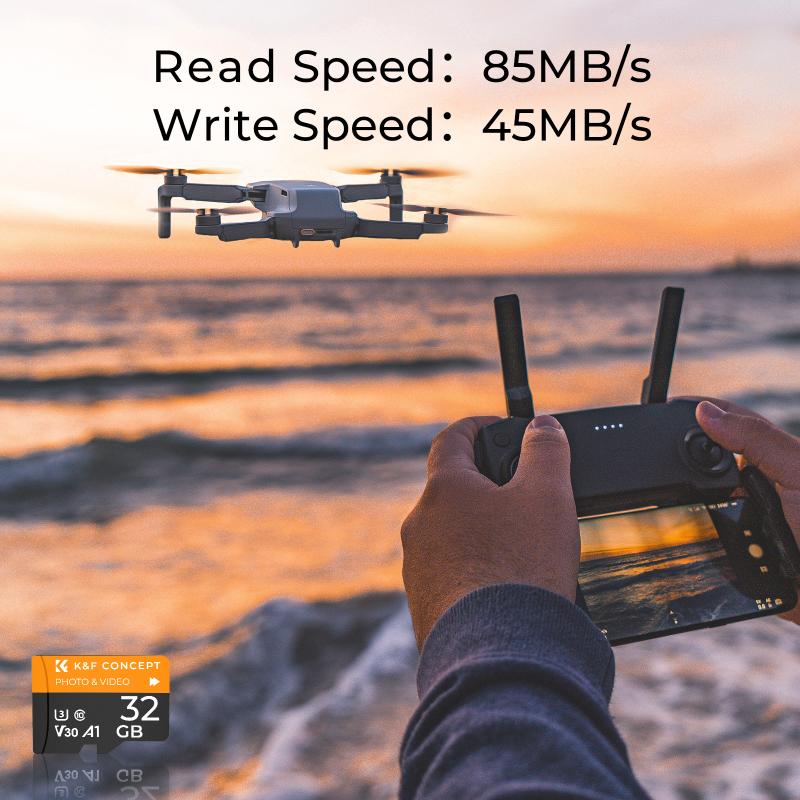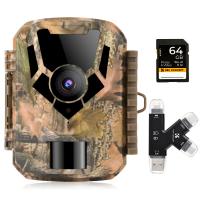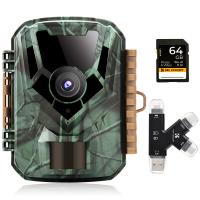How To Format Sd Card Windows 10?
Formatting an SD card on Windows 10 is a common task that many users need to perform for various reasons, such as preparing the card for use in a new device, removing all data, or fixing file system errors. This article will guide you through the process of formatting an SD card on Windows 10, addressing common issues and providing practical solutions to ensure a smooth experience.
Understanding the Need for Formatting

Before diving into the steps, it's essential to understand why you might need to format an SD card. Here are some common reasons:
1. Preparing for New Use: When you purchase a new SD card, it might come pre-formatted with a file system that is not compatible with your device. Formatting it ensures compatibility.
2. Removing Data: Formatting is a quick way to erase all data on the card, making it ready for new files.
3. Fixing Errors: If your SD card is showing errors or is corrupted, formatting can often resolve these issues.
4. Changing File System: You might need to change the file system of the SD card to make it compatible with different devices (e.g., from FAT32 to NTFS).
Steps to Format an SD Card on Windows 10

Step 1: Insert the SD Card

Insert the SD card into your computer's SD card slot or use an external card reader. Ensure that the card is properly connected and recognized by your computer.
Step 2: Open File Explorer

Press `Win + E` to open File Explorer. In the left-hand pane, you should see your SD card listed under "This PC" or "Devices and drives."
Step 3: Backup Important Data
Before formatting, make sure to back up any important data on the SD card. Formatting will erase all data, and recovery might not be possible.
Step 4: Right-Click on the SD Card
Right-click on the SD card icon and select "Format" from the context menu. This will open the Format dialog box.
Step 5: Choose File System
In the Format dialog box, you will see several options:
- File System: Choose the file system you want to use. Common options include FAT32, exFAT, and NTFS. FAT32 is widely compatible with most devices, while exFAT is suitable for larger files and NTFS is used for Windows-specific applications.
- Allocation Unit Size: Leave this as the default unless you have specific requirements.
- Volume Label: You can give your SD card a name if you wish.
Step 6: Quick Format vs. Full Format
You will see an option for "Quick Format." A quick format is faster but does not check for bad sectors. A full format is slower but more thorough. Choose the option that best suits your needs.
Step 7: Start Formatting
Click "Start" to begin the formatting process. A warning will appear, reminding you that all data will be erased. Confirm to proceed.
Step 8: Completion
Once the formatting process is complete, a notification will appear. Your SD card is now formatted and ready for use.
Troubleshooting Common Issues
SD Card Not Recognized
If your SD card is not recognized by Windows 10, try the following solutions:
1. Check the Connection: Ensure the SD card is properly inserted. Try using a different card reader or USB port.
2. Update Drivers: Go to Device Manager (`Win + X` > Device Manager) and check for any updates to your SD card reader drivers.
3. Disk Management: Open Disk Management (`Win + X` > Disk Management) to see if the SD card appears there. If it does, you might need to assign a drive letter or initialize the disk.
Unable to Format
If you encounter errors while formatting, try these steps:
1. Diskpart Utility: Use the Diskpart utility to format the SD card. Open Command Prompt as an administrator and type `diskpart`. Then, use the following commands:
- `list disk`
- `select disk X` (replace X with the number corresponding to your SD card)
- `clean`
- `create partition primary`
- `format fs=fat32` (or exFAT/NTFS as needed)
- `assign`
2. Third-Party Software: Sometimes, third-party software like SD Formatter or MiniTool Partition Wizard can handle formatting tasks that Windows cannot.
Best Practices for SD Card Maintenance
1. Regular Backups: Regularly back up important data to avoid data loss.
2. Safe Removal: Always use the "Safely Remove Hardware" option before removing the SD card to prevent corruption.
3. Avoid Physical Damage: Handle the SD card carefully to avoid physical damage.
Formatting an SD card on Windows 10 is a straightforward process, but it requires careful attention to detail to avoid data loss and ensure compatibility with your devices. By following the steps outlined in this article, you can format your SD card efficiently and troubleshoot any issues that may arise. Remember to back up your data, choose the appropriate file system, and handle your SD card with care to maintain its longevity and performance.











